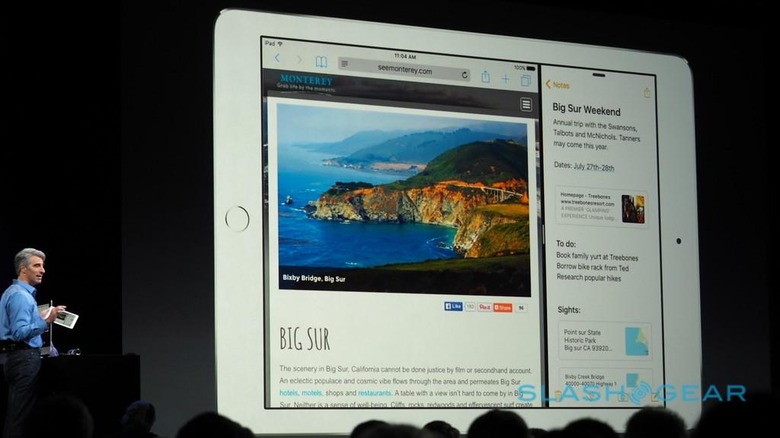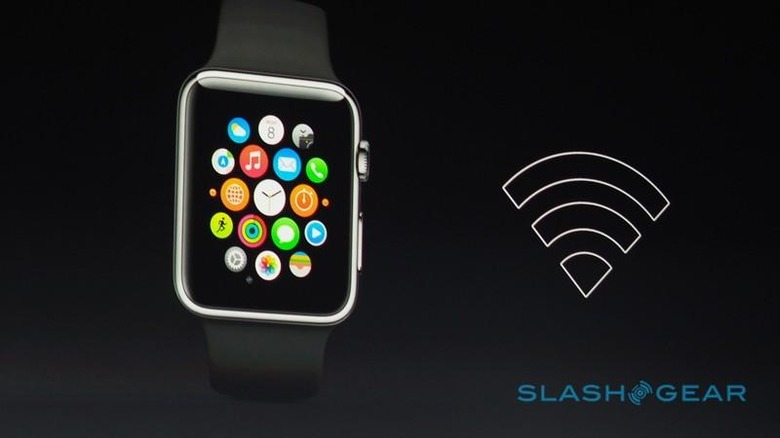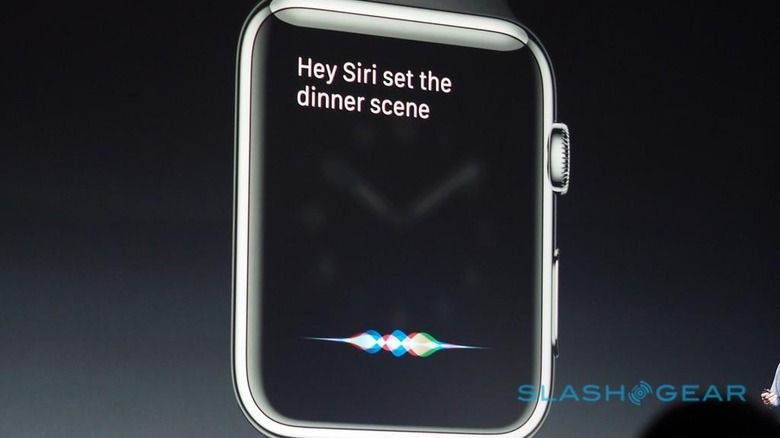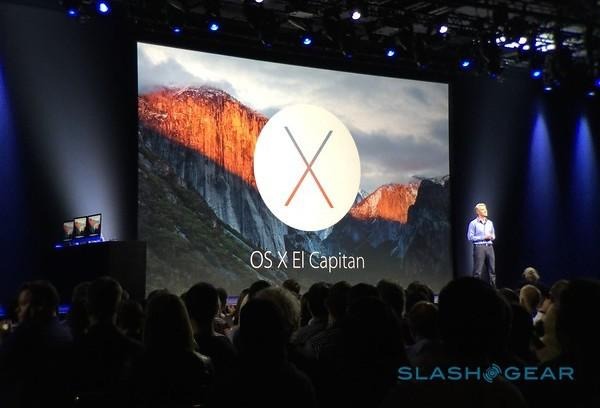As WWDC Ends, The Mood In The Trenches Is Neighborly
Apple's WWDC is over for another year, and as the dust settles on the iOS 9, Apple Music, and OS X El Capitan launch, it's a chance to reflect on five days of sessions. It's hard to gauge the tone of a week-long developer event from a fast-paced keynote – even with an Apple Music section which went on too long, and which several developers I spoke to suspected was padded to fill up space originally intended for an Apple TV SDK announcement. If there can be such a thing as an overarching theme, though, it felt like it might be harmonious co-existence.
Apple isn't shouting about universal apps, as Microsoft is with Windows 10. What was a persistent message in most of the sessions I attended, though, was the idea of being a "good neighbor".

That's applicable to apps coexisting on the same device (and, with the arrival of multitasking in iOS 9 on the iPad, both coexisting and running at the same time), and to being sensitive to the hardware limitations a device might come with. That iOS 9 will be pushed out to such a broad range of iPhones and iPads, new and old, is testament to Apple's ambition and to its own frugality, but also a challenge to developers.
The gauntlet Apple threw down to its coders in attendance is a sub-100ms response time for apps, on the oldest device they plan to support. Minimize your footprint, went the warning, because you really can't be sure what other apps might be running alongside you.

It's also a message at the core of strengthening an ecosystem: devices that work independently, but are improved when they work together. In the case of the Apple Watch, for instance, native apps in watchOS 2 will be able to get directly online through the wearable's integrated WiFi, but a paired iPhone is more than just a tethered network connection. It could, for instance, be used as an intermediary to parse out the bare minimum of data that the watch needs to show, keeping load-times low, rather than displaying everything the server wants to push across.
Tightening the bonds between devices, the cloud, and services like iCloud and Siri, came up time and time again. Deep-linking, for instance, will blur the lines between web content and apps, making navigating between software and services more efficient, but also helping discover information currently locked up in software in the same way that Google made its goal to index the web.

HomeKit, meanwhile, has expanded in its own unexpected ways. The "hub" we envisaged Apple TV becoming has been flipped; sure, the set-top box can serve as a gateway, but that's a role just as easily served by iCloud. Siri – itself ramping up to better face-off against Google Now – gets a starring role, whether you're at home or away.
There is a whole lot of Kool-Aid to be drunk when you're at a company-specific developer event. Nonetheless, the coders I spoke to this past week have been vocal and positive, for the most part, about the changes afoot in Cupertino. The tools are getting stronger; the guidance more specific.
From my own perspective, there's a notable push toward efficiency, one which I can't help but connect to the increasing footprint of the iPhone and iPad, not to mention low-power computing platforms like the new MacBook. No, they're not slow, but neither are they running a Core i5 or i7, and so there's extra emphasis on writing frugal code and making use of things like Grand Central Dispatch (GCD) to more intelligently optimize performance on low-power devices.

As a MacBook user myself, I'm selfishly pleased to hear it; I'm also heartened by early, anecdotal feedback from developers that OS X El Capitan runs significantly faster than its Yosemite predecessor. More broadly, though, there's no doubting that Apple is pushing for fanless designs and other ways to maximize battery life, and encouraging apps that take a miserly approach to system resources will help make such devices acceptable to an increasingly mainstream market.
Prudence and thrift are seldom going to capture as many column-inches as something like Apple Music. Yet, as crucial to the company's future – and its bottom line – as its streaming audio service might be, getting developers onboard with this overall vision of modesty has the potential to be exponentially more important.
Expect a few busy months ahead as developers translate those messages into their own software. One thing's for sure, after all: when iOS 9 and OS X El Capitan arrive this fall, iPhone, iPad, and Mac users won't be shy in calling out those who haven't risen to the challenge.
